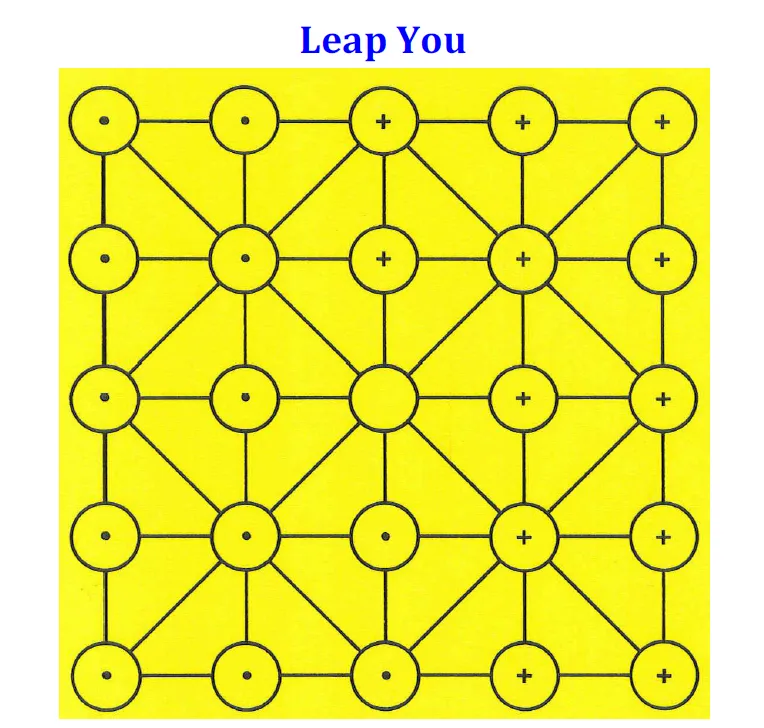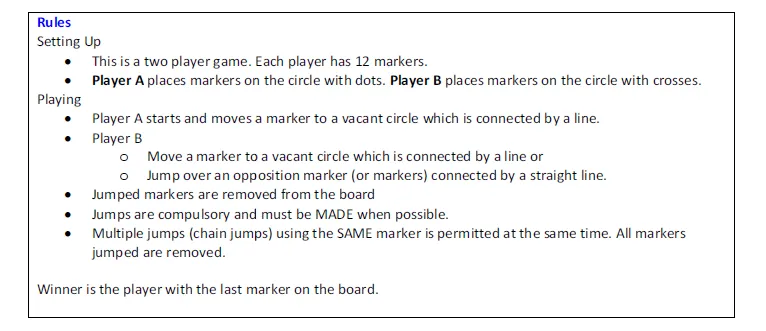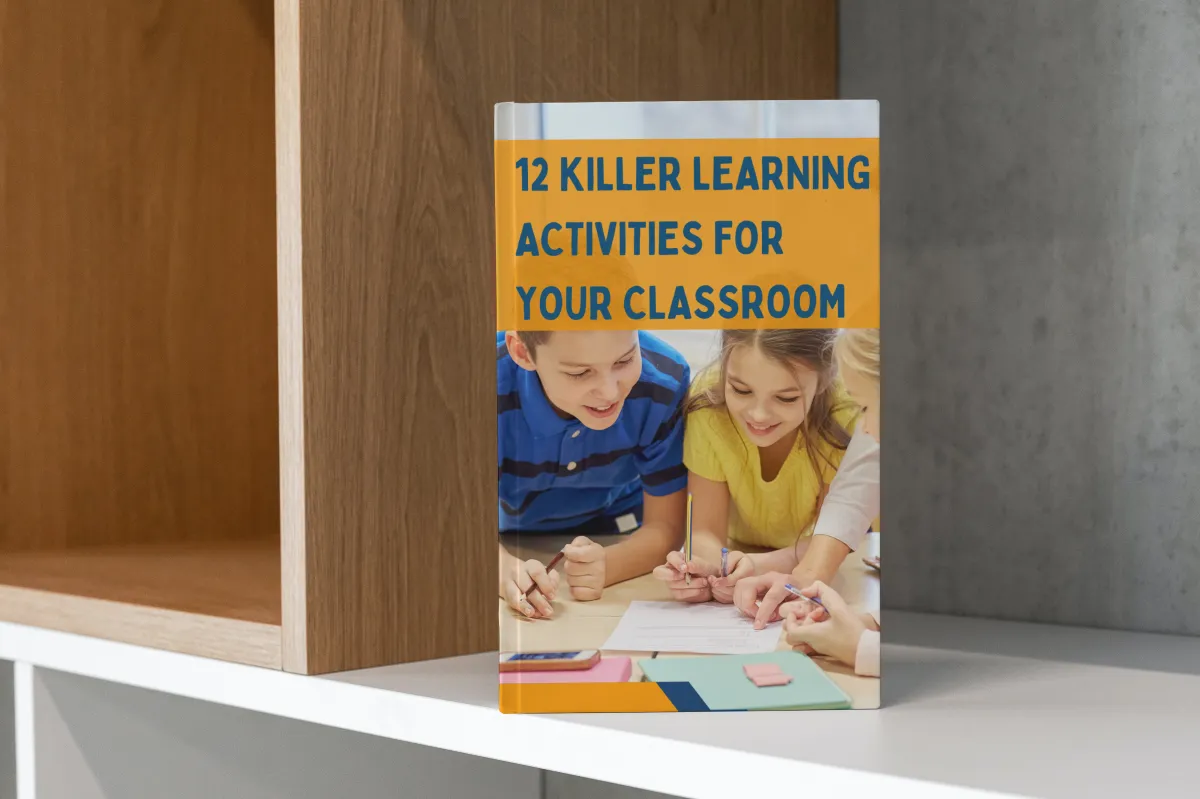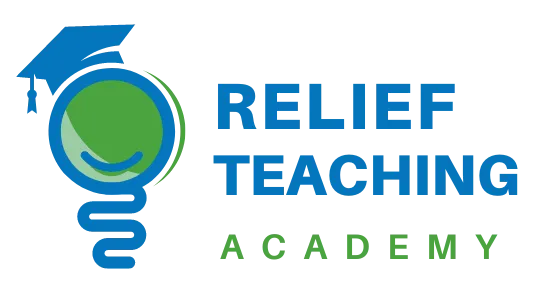
Learning Activities in the Classroom
Remember learning activities and learning centres.
They were all the rage during the 80s and 90s. Typically, like all things education, they lost favour. We went overboard and removed the game aspect of learning activities in the classroom.
Again, like all things educational, the baby went out with the bath water.
I understand Learning Activities and Learning Centres went a bit "over board". It was all we heard about in the 80s. The "new" age of education was amongst us. A lot like Process Writing,
where ideas were important but spelling wasn't.
That worked well didn't it?
Are Learning Activities Just Games?
Good question. I guess the keyword is well,
LEARNING! Kids need to LEARN from the Learning Activities.
Learning Activities bring out the social skills of:
✔ playing games together
✔ losing
✔ winning and
✔ following rules.
Learning Social Skills is no small feat in some classrooms and with some kids.
That's okay if social skills are essential and the students LEARN that social skills are important.
If they don't, it is just a filler.
Some Learning Activities take ages to prepare.
So if you spend an hour making a learning activity, you don't want kids to finish it after 10 minutes.
Learning Activities must be efficient teaching tools
Rotating Learning Activities.
Use a rotation basis when implementing learning activities. Some kids use one activity, and on a signal, they rotate to another. That works pretty well. It has a couple of advantages.
You save resources You can keep time on each activity to a minimum so kids don't get bored.
You could show students how to use each activity together, and then develop a rotation learning centre of activities taking about 15 minutes each.
4 x 15 minutes = one hour. Good thinking.
Use various activities, and students rotate through them. They ARE NOT GAMES. Well, not in the real sense of the word. Games are for fun only. Learning activities are for learning.
Revisit this teaching approach at your next relief teaching gigs. These activities are more suited to middle primary right up lower secondary.
I have never used these activities above year 9 but they may work.
The Benefits of Learning Activities.

Keeps Students Focused
The students must keep their attention on the the task at hand.

Students are Engaged
The students take on a role in the group and engage with the learning.

Communication is needed.
Communication needs to be purposeful and cooperative.

Students Work Strategically
All students must work out their strategy and course of action.
You shouldn't really call learning activities games because you shouldn't play games in school, should you? I mean who plays games in the classroom?
You will be surprised how successful these activity are.
I started with the whole class engaging with ONE activity called LEAP YOU.
Leap You is, essentially, a bit like Chinese checkers. The instructions are clearly set out for students.


✔ The students work in pairs and had to read and understand the rules before starting the activity. (Curriculum Content - TICK)
✔ In practice games there is no winner - so the students can discuss strategies, rules, try new things. It is important to STRESS that this is a trial so they can learn together. (Communication Skills - TICK)
✔ In their day pads they wrote about the game. (Writing Skills - TICK)
✔ After which the students engaged with the activity on a competitive basis.
What you Need
You need the Leap You Sheet and you need some counters - and lots of them. I use 5 cent pieces as markers because I have lots of them and they make excellent markers for all learning activities. You can purchase markers and sort them into the same colours from toy stores for about 5c each - go figure!
You can use head/tail but I purchased a small tin of gold paint and painted one side of the 5 cent coin.

